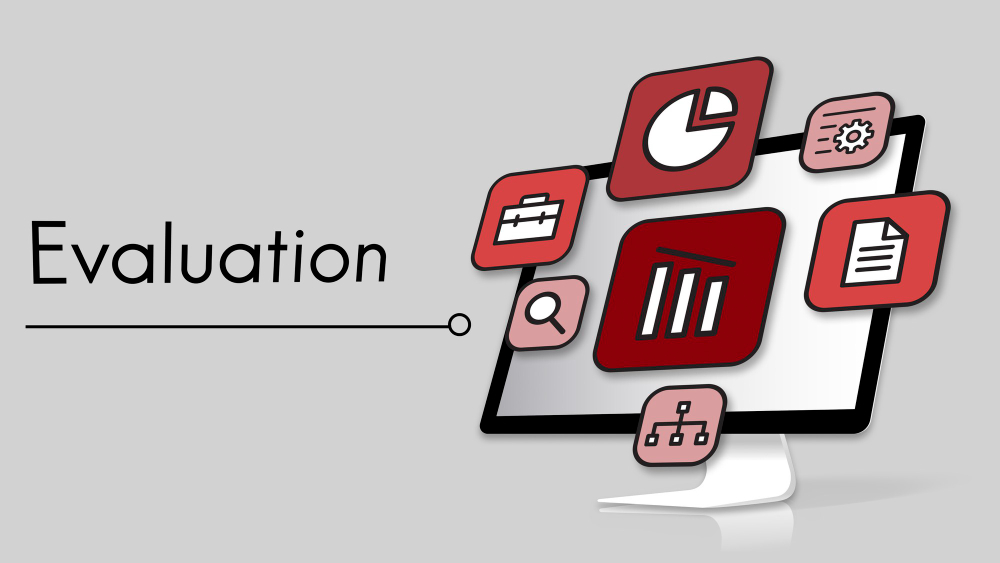In today’s fast-paced digital learning landscape, keeping your Learning Management System (LMS) up-to-date is essential for ensuring seamless learner experiences and maximizing your return on investment (ROI). As technology advances, older systems may not meet the evolving needs of learners and educators. Identifying when to upgrade your LMS can save time, improve user engagement, and enhance the overall learning ecosystem. Below are the top five indicators that signal it’s time to consider replacing your LMS.
One of the primary indicators that your LMS needs replacement is a noticeable decline in user engagement and satisfaction. If learners consistently encounter difficulties navigating the system or if instructors find it challenging to manage their courses, it’s a clear sign that your current LMS is no longer user-friendly. An intuitive interface with easy-to-access features is crucial for maintaining high levels of participation and motivation among users. The inability to integrate modern features like gamification and social learning can further alienate learners, making an upgrade necessary for fostering a more engaging and interactive learning environment.
Another telltale sign that an upgrade is needed is the lack of mobile compatibility. In an era where mobile learning is on the rise, a modern LMS must offer a seamless mobile experience. Learners expect to access course materials, complete assignments, and interact with peers effortlessly from their smartphones or tablets. An LMS that does not support mobile functionality can significantly hinder learner engagement, particularly for those who prefer or require on-the-go access. Ensuring your LMS is mobile-friendly and supports responsive design can significantly improve learner accessibility and flexibility.
Additionally, if your current LMS struggles with integration capabilities, it’s time to consider an upgrade. A versatile LMS should easily integrate with other educational technologies, such as video conferencing tools, content libraries, and social media platforms. Effective integration ensures a cohesive learning experience and simplifies administrative processes. An outdated LMS that lacks API support or creates compatibility issues with other software can result in inefficiencies, lost data, and frustration for both learners and administrators. Upgrading to a more integrated system can streamline operations and enhance the learning experience.
Security concerns are also a major indicator that your LMS requires replacement. As cybersecurity threats become increasingly sophisticated, an LMS with outdated security measures can put sensitive data at risk. A modern LMS should have robust security features, such as encrypted data storage, secure login protocols, and regular updates to protect against vulnerabilities. If your current system lacks these essential security features, it’s crucial to upgrade to protect learner information and maintain trust in your educational institution.
Lastly, the lack of analytics and reporting features can severely limit your ability to track progress and optimize learning experiences. Data-driven insights are invaluable for identifying learner challenges, personalizing content, and evaluating the effectiveness of teaching strategies. An LMS with comprehensive analytics capabilities allows educators and administrators to make informed decisions and continually improve their programs. If your current system does not provide meaningful data analytics, it’s time to consider a more advanced LMS that offers detailed reporting and performance metrics.
In conclusion, ensuring your LMS is equipped to meet modern educational challenges is crucial for maximizing ROI and learner engagement. By recognizing and addressing these top indicators—declining user engagement, lack of mobile compatibility, integration issues, inadequate security, and insufficient analytics capabilities—you can make an informed decision about upgrading your LMS. Embracing a modern, adaptive LMS not only enhances the learning experience but also positions your organization for future success in an ever-evolving digital learning landscape.
